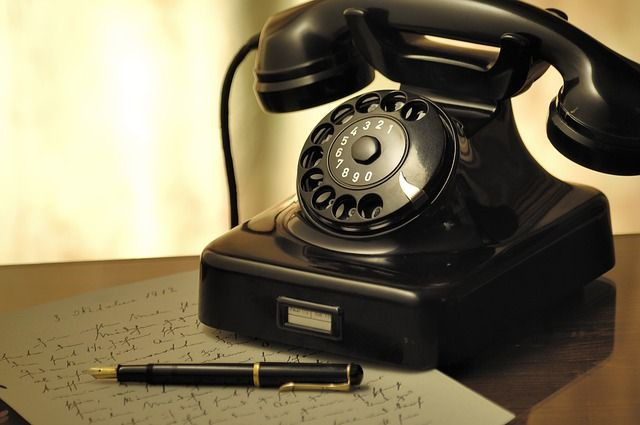Discrimination In The Mental Health World: Therapists Less Likely To Offer Services To Blacks And Working Class

A new study published Wednesday in the Journal of Health and Social Behavior reveals a disheartening trend among mental health professionals: many are less willing to lend their services to black and working class individuals.
Lead author Heather Kugelmass, a sociology graduate student at Princeton University, decided to perform a rather novel experiment for her study. With the help of actors, she sent out recorded voicemails to 340 psychotherapists who held private practices in New York City. Each message inquired about making an appointment for a weekday evening.
The messages were divided into four main groups based on voice, grammar use, and name: those where the caller seemed to be white and middle class; those where they appeared white and working class; those where they seemed to be black and middle class, and those where they appeared to be black and working class. The calls were also split equally by gender. Each therapist was phoned twice over the course of a month, with the callers alternating between race but otherwise staying the same gender and class.
Kugelmass found that white middle class individuals received an appointment offer more often than their black counterparts, and that working class people of either race were the least likely to receive any offer.
Specifically, 28 percent of white middle class callers got an offer compared to 17 percent of black middle class callers, while only 8 percent of all working class callers got an offer. Though gender alone didn’t account for any substantial differences, Kugelmass noted that 20 percent of white middle class women received an offer for their preferred appointment time, while black working class men received the same treatment exactly once out of 80 total tries.

Though the difference in total callback rates was smaller, working class blacks were once again ignored more often, only getting the courtesy of a return phone call 34 percent of the time, compared to 51 percent of middle class whites.
"Although I expected to find racial and class-based disparities, the magnitude of the discrimination working class therapy seekers faced exceeded my grimmest expectations," said Kugelmass in a statement.
The approach used on the unwitting therapists is known as an audit study. They’ve been used to study prejudice in a variety of different settings because they’re clandestine, easily mimic a real-life situation, and target people who might be hesitant to participate in a study examining their less-than-appreciated behaviors.
"The fact that this study uncovers discrimination in the private mental health care marketplace is consistent with previous audit studies that have revealed discrimination in other marketplaces, such as housing and employment," Kugelmass explained.
While the study is the first of its kind to sneak a peek into the hearts of mental health professionals, Kugelmass said there’s no shortage of evidence showing a similar bias across other fields of medicine. Because therapists are more likely to work alone, though, their individual leanings could have a greater impact on health care access than elsewhere. As Kugelmass noted, blacks and poorer Americans are already known to have a greater unmet need for mental health care. And it’s likely that the study findings are conservative with regard to the degree of discrimination these groups face — Kugelmass took pains to ensure the callers appeared more than capable of paying for their eventual sessions.
"It is striking that discrimination toward black and working class therapy seekers occurred even though all therapy seekers had the same health insurance and were contacting in-network providers,"said Kugelmass. "This evidence points to bias rather than financial considerations. It is possible that if insurance coverage had not been held constant, inferences based on racial and class stereotypes would have augmented discrimination even beyond that which was observed."
Specifically, Kugelmass noted that these stereotypes might include the idea that black patients are less intelligent, more hostile, and more reluctant to adhere to treatment, and that working class patients are generally lazier. Another possible reason for therapists avoiding these patients might be because most are themselves white and wealthier, so they unknowingly seek patients that resemble themselves. Similarly, these therapists could feel that they’d be unable to understand and effectively work with clients of a different background. More likely than not, all of the above factors play a role in subtly discouraging therapists from treating their potential patients equally, she wrote.
Regardless of the specific reasons, these invisible moments of discrimination are sure to exact a heavy toll on those already most vulnerable.
“Individuals who experience discrimination during their help-seeking process may view reaching out to psychotherapists as a fruitless activity or develop negative attitudes toward a class of professionals already regarded with skepticism,” Kugelmass concluded in her paper. “For those who do persist in their search for care, every instance of blocked access means additional time and effort spent placing numerous phone calls to identify a psychotherapist willing to respond and accommodate their schedules. This is time and effort that those suffering from mental illness — especially those of low socioeconomic status — do not have to spare.”
Source: Kugelmass H. “Sorry, I’m Not Accepting New Patients”: An Audit Study of Access to Mental Health Care. Journal of Health and Social Behavior. 2016.



























